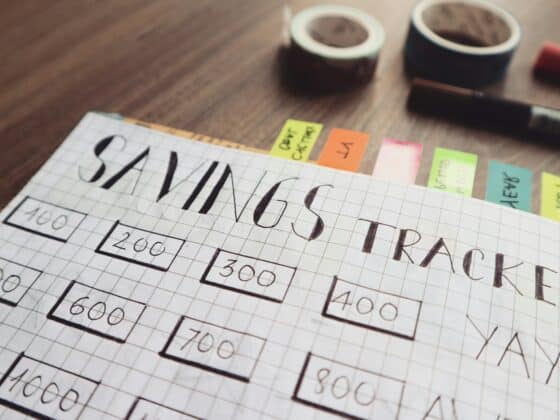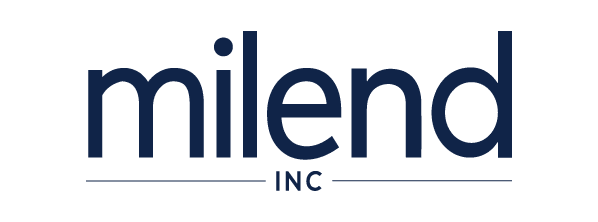Key Takeaways
- Closing Costs Demystified: Learn exactly what closing costs entail, including lender fees, title and escrow charges, and prepaid expenses, giving you a clear picture of what to expect when finalizing your home purchase.
- Strategies to Minimize Expenses: Discover actionable strategies and insider tips on how to potentially reduce your closing costs, from negotiating with the seller to shopping around for services and exploring lender credits.
- Preparation Is Key: Understand the importance of budgeting for closing costs early in the homebuying process and how being prepared can save you from unexpected financial strain, ensuring a smoother transition to homeownership.
Buying a home is a milestone filled with excitement and anticipation. But beyond the search for your dream home lies the often-overlooked world of closing costs. These expenses can be a bit of a puzzle, but worry not! I’m here to guide you through this final stretch of your homebuying journey, ensuring you cross the finish line informed and ready. Let’s dive into what closing costs are, why they matter, and how you can prepare for them.
What Are Closing Costs?
Closing costs are the fees and expenses you pay to finalize your mortgage, beyond the down payment. They cover a range of services involved in the legal transfer of property and securing your loan. Think of them as the backstage crew that makes the show—your home purchase—happen. Typically, closing costs range from 2% to 5% of the home’s purchase price, a spectrum that highlights the importance of budgeting for these costs early on.
Key Players in Closing Costs
- Lender Fees: These are fees charged by your mortgage lender for processing and approving your loan. They can include application fees, origination fees, processing fees, and underwriting fees.
- Title and Escrow Charges: To ensure the property is legally transferred to you without any claims or liens, you’ll encounter title search fees, title insurance, and escrow fees.
- Prepaid Expenses: These are upfront costs for items paid in advance of their due date, such as property taxes, homeowners insurance, and interest that will accrue before your first mortgage payment.
- Third-Party Fees: These fees are paid to other parties involved in your home purchase, like appraisals, home inspections, credit reports, and attorney fees.
- Government Recording and Transfer Charges: Buying a home involves some paperwork at the government level, including recording fees and transfer taxes.
Why Do Closing Costs Matter?
Understanding and budgeting for closing costs are crucial steps in the home buying process. They can significantly impact the total amount you’ll need to bring to the closing table. Overlooking these costs can lead to surprises and financial strain, something we all want to avoid, especially during such a monumental life event.
How to Prepare for Closing Costs
- Research and Budget Early: Start by getting an estimate of what your closing costs might be early in the home buying process. Use online calculators, but remember, these are just estimates. Your lender will provide a more accurate figure with the Loan Estimate after you apply for a mortgage.
- Shop Around: You have the right to shop around for certain services listed on your Loan Estimate, such as title insurance and home inspections. Comparing prices can save you a significant amount of money.
- Negotiate with the Seller: In some markets, it’s possible to negotiate with the seller to cover some or all of your closing costs. This can be part of your offer or a negotiation point after the inspection.
- Look for Lender Credits: Some lenders offer credits to help offset closing costs in exchange for a higher interest rate on your loan. This can be a worthwhile trade-off, depending on your financial situation and how long you plan to stay in the home.
- Set Aside Savings: As you save for your down payment, also set aside funds for closing costs. Having a specific savings account for this purpose can help you track your progress and ensure you’re ready when closing day arrives.
Closing Cost Assistance Programs
For many, saving for both a down payment and closing costs can be daunting. Thankfully, there are assistance programs available to help:
- State and Local Programs: Many states, counties, and cities offer grants or loans to help with down payments and closing costs. These programs often have income limits and other eligibility requirements.
- Lender-Specific Programs: Some lenders offer programs designed to help with closing costs, especially for first-time homebuyers or low-to-moderate-income individuals.
- Nonprofit Organizations: There are also nonprofit organizations that offer assistance with down payments and closing costs for qualified buyers.
Closing Day: What to Expect
When closing day finally arrives, you’ll sign a lot of paperwork, but it’s the moment you officially become a homeowner. You’ll pay your closing costs, which can be done via cashier’s check or wire transfer. Once all documents are signed and funds are distributed, the keys to your new home will be yours!
The Power of Knowledge
As with any significant financial decision, knowledge is power. Understanding closing costs empowers you to budget effectively, negotiate confidently, and navigate the homebuying process with a clear vision. Remember, every homebuyer’s journey is unique, and there are resources and professionals ready to support you along the way.
Join Our Community for More Insights
Embarking on your homebuying journey? Join our newsletter for monthly insights, tips, and real-life stories to guide you through home ownership, financial decisions, and beyond. Our community is here to support you in achieving your dreams, one step at a time.
In writing this guide, I aimed to demystify closing costs and highlight the importance of planning for these expenses. By understanding what to expect and how to prepare, you’re setting yourself up for a smoother homebuying experience. Remember, you’re not alone in this journey. Professionals, assistance programs, and communities like ours are here to support you every step of the way.
Sign up for our newsletter to stay informed and empowered as you navigate the path to home ownership. Together, we can turn the dream of owning a home into a reality.

Smart Home Buying: How to Harmonize Your Property Dreams with Financial Wellness
Read more...
Discover 2024’s Top Neighborhoods with Smart Financing Options
Read more...











